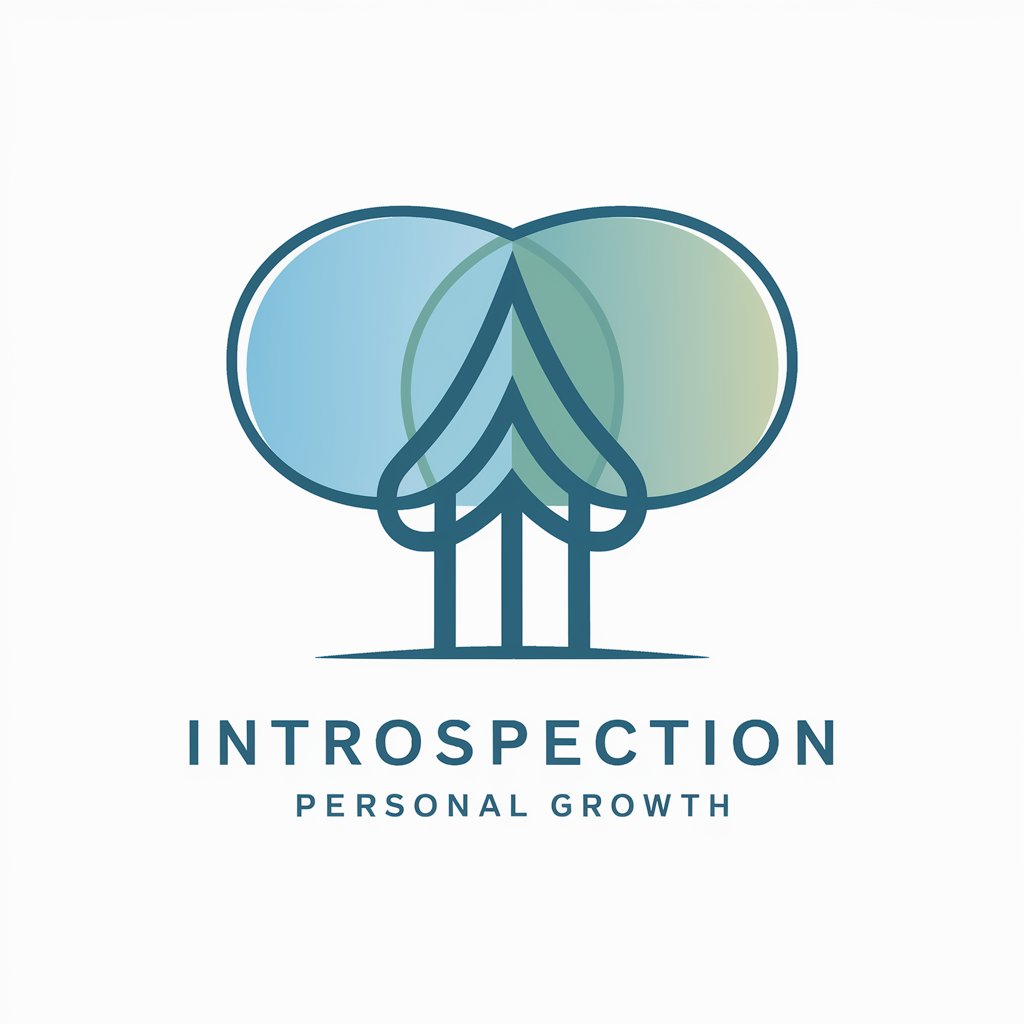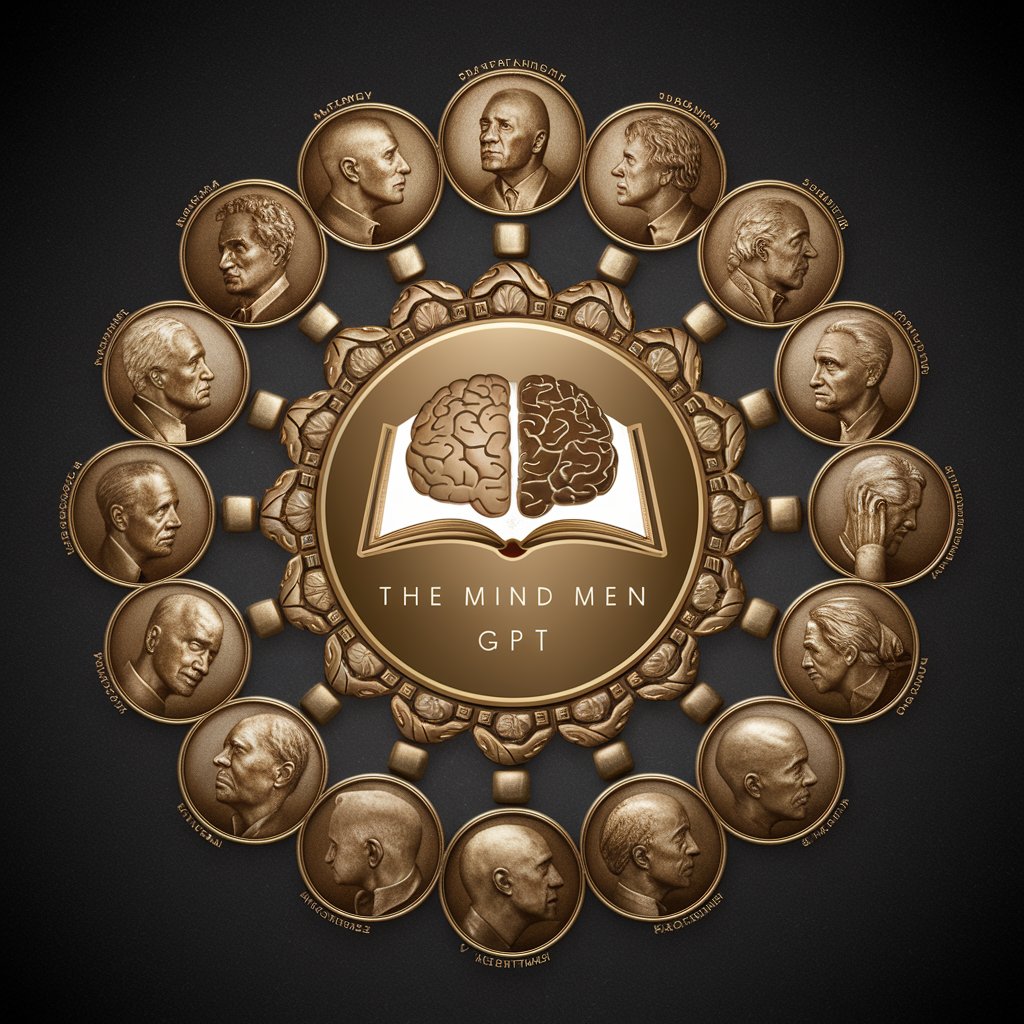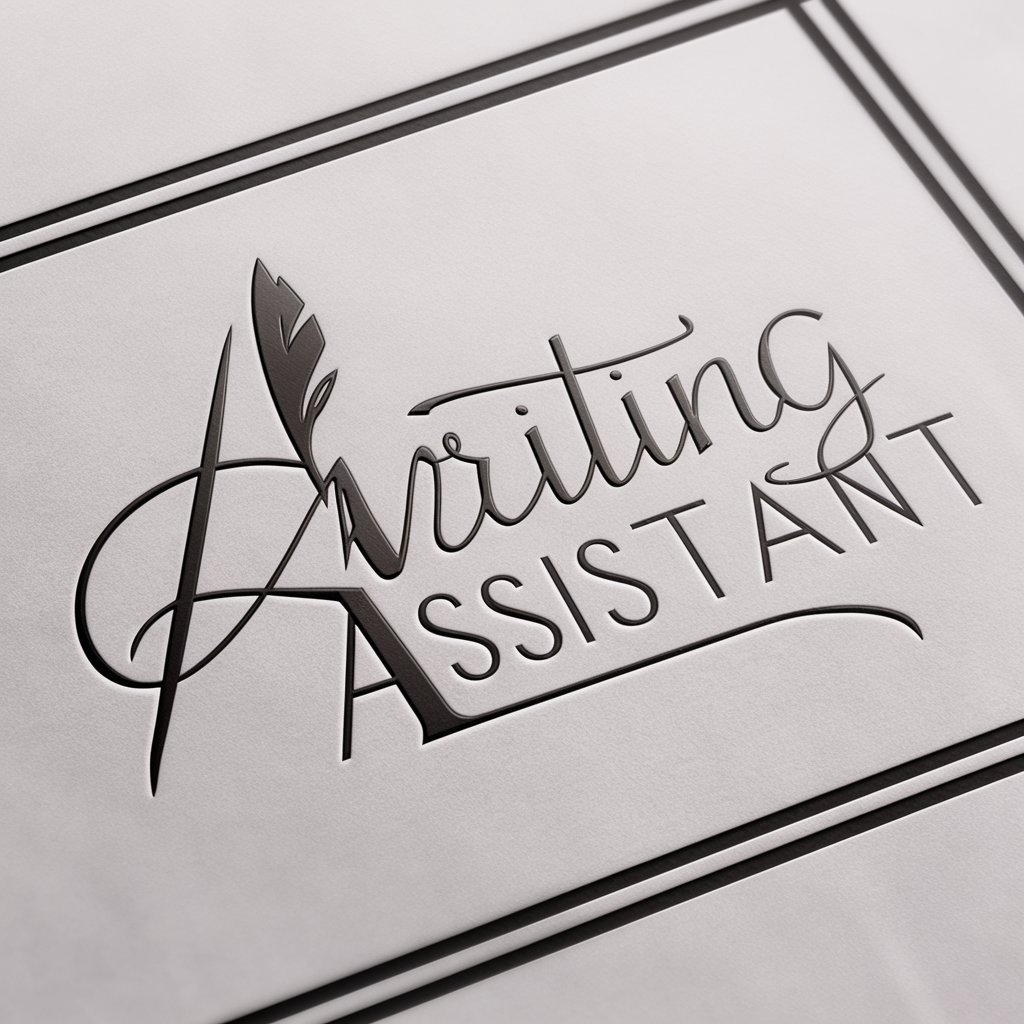See Your Part in What You Say Don't Want - introspective insight tool

Welcome! Let's explore your inner landscape.
Illuminate your role, shape your reality.
What am I not saying that needs to be said?
What am I saying that is not being heard?
What's being said that I'm not hearing?
How have I been complicit in creating the conditions I say I don't want?
Get Embed Code
Understanding See Your Part in What You Say Don't Want
See Your Part in What You Say Don't Want is designed to facilitate introspection and self-awareness by guiding users through a reflective process. This process involves addressing key questions that help individuals recognize their own contributions to situations or outcomes they find undesirable. By encouraging users to consider what they are not saying that needs to be said, what they are saying that is not being heard, and what is being said that they are not hearing, the service aims to reveal the user's role in creating or perpetuating the conditions they wish to change. For example, someone struggling with workplace conflict might discover they have not clearly expressed their needs or have been dismissing feedback from colleagues. Powered by ChatGPT-4o。

Core Functions of See Your Part in What You Say Don't Want
Facilitated Self-Reflection
Example
A user feels consistently overlooked for promotions. Through the process, they may realize they've not communicated their ambitions or achievements effectively to their superiors.
Scenario
In a career development context, this function helps individuals understand their role in their professional stagnation or conflicts.
Enhanced Communication Skills
Example
A person struggles with family relationships due to persistent misunderstandings. The service helps them see that their way of expressing concerns isn't clear to family members, leading to improvements in how they communicate.
Scenario
In personal and family relationships, this function aids users in identifying and amending communication patterns that contribute to ongoing issues.
Increased Awareness of Others' Perspectives
Example
A team leader frustrated with a lack of progress on projects discovers they haven't been acknowledging team members' input, leading to demotivation.
Scenario
In leadership and teamwork, this function supports recognizing and valuing the contributions and feedback of others, fostering a more collaborative environment.
Who Benefits from See Your Part in What You Say Don't Want?
Individuals Seeking Personal Growth
People interested in self-improvement, understanding their own behavior patterns, and enhancing their relationships can greatly benefit. They are often in a phase of life where introspection and personal responsibility are valued as means to improve their circumstances and interactions.
Professionals and Leaders
This group includes managers, team leaders, and professionals aiming to improve their communication skills, leadership abilities, and workplace dynamics. They seek to resolve conflicts, foster team cohesion, and lead by example by understanding their part in workplace challenges.
Couples and Families
Couples or family members dealing with communication breakdowns, recurring conflicts, or looking to strengthen their relationships. They benefit by identifying and changing patterns that hinder harmony and understanding within their relationships.

Using 'See Your Part in What You Say Don't Want'
Begin Free Trial
Start by visiting yeschat.ai for a hassle-free trial, accessible without the need for a login or subscription to ChatGPT Plus.
Identify Your Concerns
Reflect on your current challenges or situations you wish to change. Clearly articulate what you don't want in your personal or professional life.
Engage with Questions
Respond to the guided questions provided by the tool to explore your own contributions to these unwanted conditions.
Reflect and Acknowledge
Consider the insights offered by your responses to understand how your actions or inactions might be complicit in creating the situations you aim to avoid.
Plan for Change
Utilize the newfound understanding to devise actionable steps towards creating the change you desire, focusing on aspects within your control.
Try other advanced and practical GPTs
Magic Wallpaper AI
Transform Your Space with AI-Powered Artistry

GourmetGPT
Discover dining delights with AI

The Mind Men
Reviving Minds, Shaping Thoughts

webdev
Empowering Web Creativity with AI

【MysteryBot】Sky Castle
Unravel mysteries in the clouds with AI

機械学習の炊いたんBot
Unlock Insights with AI-Powered Analysis

Discover Your Inner Phantom
Unlock your inner mysteries with AI

AIACTBuddy
Navigate AI Regulation with Ease

CryptoPulse
Empowering Your Trades with AI

Secure AI Advisor
Empowering Secure and Ethical AI

Code Crafter
Crafting your code, powered by AI

Lettre de motivation IA
Craft Your Perfect Cover Letter with AI

FAQs about 'See Your Part in What You Say Don't Want'
What is 'See Your Part in What You Say Don't Want'?
It's a reflective tool designed to help individuals identify and understand their own role in creating or sustaining situations they wish to change, by guiding them through introspective questioning.
How can this tool help me in personal growth?
By facilitating a deeper self-awareness and understanding of your own behaviors and patterns that contribute to undesired outcomes, enabling you to make conscious changes for personal growth.
Is this tool suitable for professional development?
Absolutely. It aids in identifying professional challenges and behaviors that hinder progress, offering insights for constructive change and improved workplace dynamics.
Can this tool assist in relationship issues?
Yes, it encourages users to reflect on their communication patterns, unspoken expectations, and actions that might contribute to relationship strains, promoting healthier interactions.
What makes this tool different from other self-help tools?
Its unique approach lies in guiding users to recognize their own contribution to issues they face, rather than focusing solely on external factors, fostering a proactive attitude towards change.
